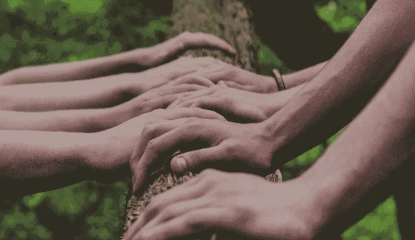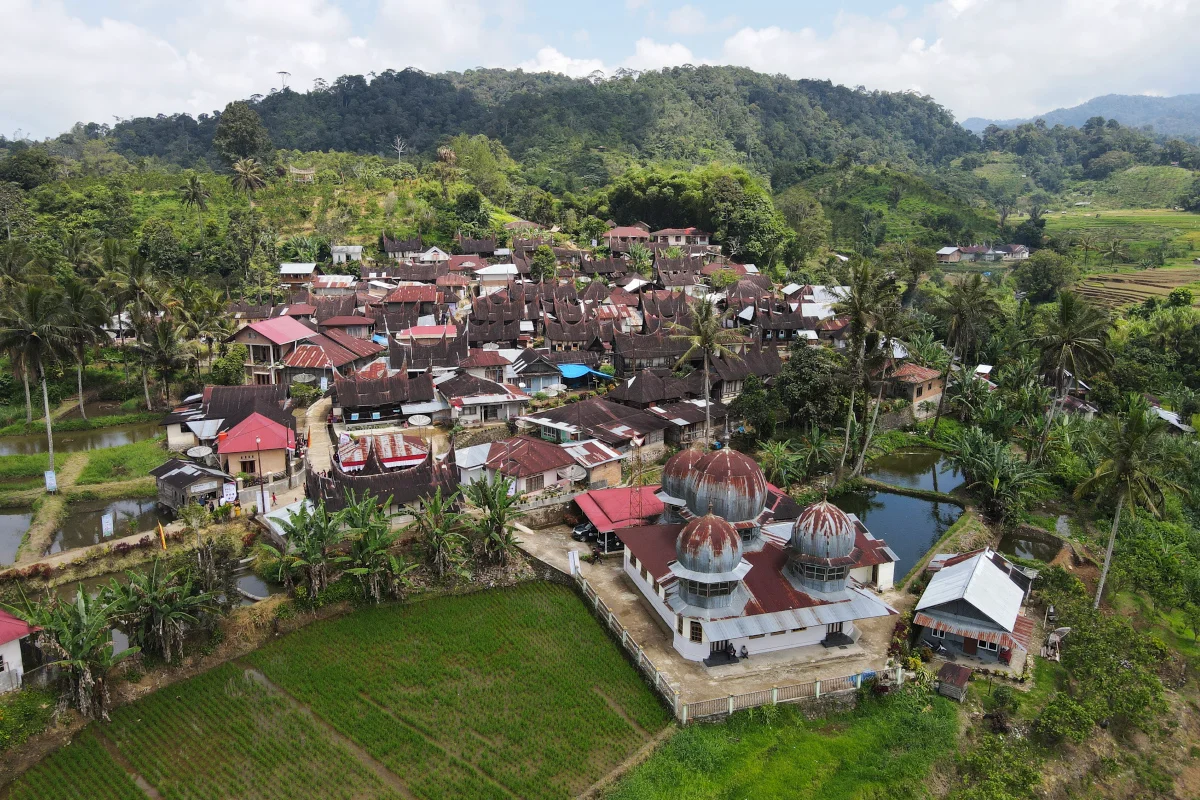Aceh Province, located on the northernmost tip of Sumatra, is known as the "Veranda of Mecca" (Serambi Mekkah) due to its rich Islamic heritage, history, and culture. Among its many iconic cultural artifacts, the Rencong, a traditional weapon of Aceh, holds a particularly unique place. More than just a tool of war, the Rencong is a symbol of bravery, resistance, and pride for the Acehnese people.
The History of the Rencong
The Rencong is believed to have originated during the era of the Aceh Sultanate in the 16th century. This was a time when Aceh was a powerful Islamic kingdom known for its political, economic, and military prowess. The Rencong became an integral part of Acehnese society, symbolizing strength and resistance against both foreign invasion and colonial rule.
Aceh’s Struggle and the Rencong's Role:
- The Rencong rose to prominence during Aceh's struggle against Dutch colonization in the late 19th century, particularly during the Aceh War (1873–1904). The weapon was carried by Acehnese warriors who fought fiercely to defend their land and Islamic traditions against the Dutch.
- Beyond battle, the Rencong became a potent symbol of Acehnese identity and resistance, embodying the courage and resilience of the Acehnese people.
Deeply rooted in Islamic and local traditions, the Rencong was not only used for combat but also carried as an everyday accessory, much like how a dagger or small knife might be used for daily tasks.
Symbolism of the Rencong
The Rencong is more than just a weapon; it is steeped in cultural and religious symbolism that reflects Acehnese identity, resilience, and spirituality.
Islamic Influence
The Rencong is often associated with Islamic philosophy and symbolism. Its unique shape, particularly the slight curve, is said to resemble the Arabic inscription of "Bismillah" (بسم الله) — meaning "In the name of Allah." This reflects the deep Islamic spirit of Aceh, often referred to as the spiritual gateway of Indonesia.
Pride and Identity
- The Rencong is a source of pride for the Acehnese people and is considered a representation of their resistance, bravery, and independence.
- It is often carried during traditional ceremonies and cultural events as a way of honoring the region's history and values.
Social Status
Historically, the design and materials of the Rencong reflected the social status of its owner. A Rencong made with gold or ivory was seen as a symbol of nobility or royalty, while simpler versions made of iron or wood were carried by commoners and warriors.
The Design and Variations of the Rencong
The Rencong is a dagger-like weapon characterized by its unique, slightly curved blade and distinctive handle. While it comes in many variants, the structure and design principles remain consistent.
Variations
There are several variations of the Rencong depending on its intended purpose and the region within Aceh where it was crafted. These include:
- Rencong Meucugek (Traditional Rencong):
- Designed for ceremonial purposes, it features intricate carvings and fine materials.
- Rencong Pudoi (Simple Rencong):
- A basic version with a shorter blade and plain design, often used for daily tasks.
- Rencong Meupucok (Noble Rencong):
- The handle features a protruding knob and is often made with luxurious materials, symbolizing high social status.
The Craftsmanship of the Rencong
Creating a Rencong is a detailed and highly skilled process that showcases the artistry of Aceh’s traditional blacksmiths. Each Rencong is handcrafted with precision and care, ensuring it is both functional and symbolic.
The Role of Rencong in Acehnese Culture Today
Although the Rencong is no longer used as a weapon in battles, it remains a significant cultural artifact in Acehnese society. It is displayed with pride during traditional ceremonies, cultural festivals, and religious events, symbolizing Aceh’s proud history and identity.
Uses:
- Cultural Events
The Rencong is often showcased during traditional dances, storytelling events, and cultural festivals as part of Acehnese heritage. - Wedding Ceremonies
In Acehnese weddings, particularly those influenced by tradition, the groom may wear a Rencong as part of his ceremonial attire. - Museums and Collections
Rencong designs, especially historical pieces, are exhibited in museums and galleries as part of Aceh’s rich cultural legacy. - Souvenir and Tourism
Modern Rencong replicas are often sold as souvenirs, symbolizing Aceh’s history and culture. These versions may be less functional but retain the traditional design.









